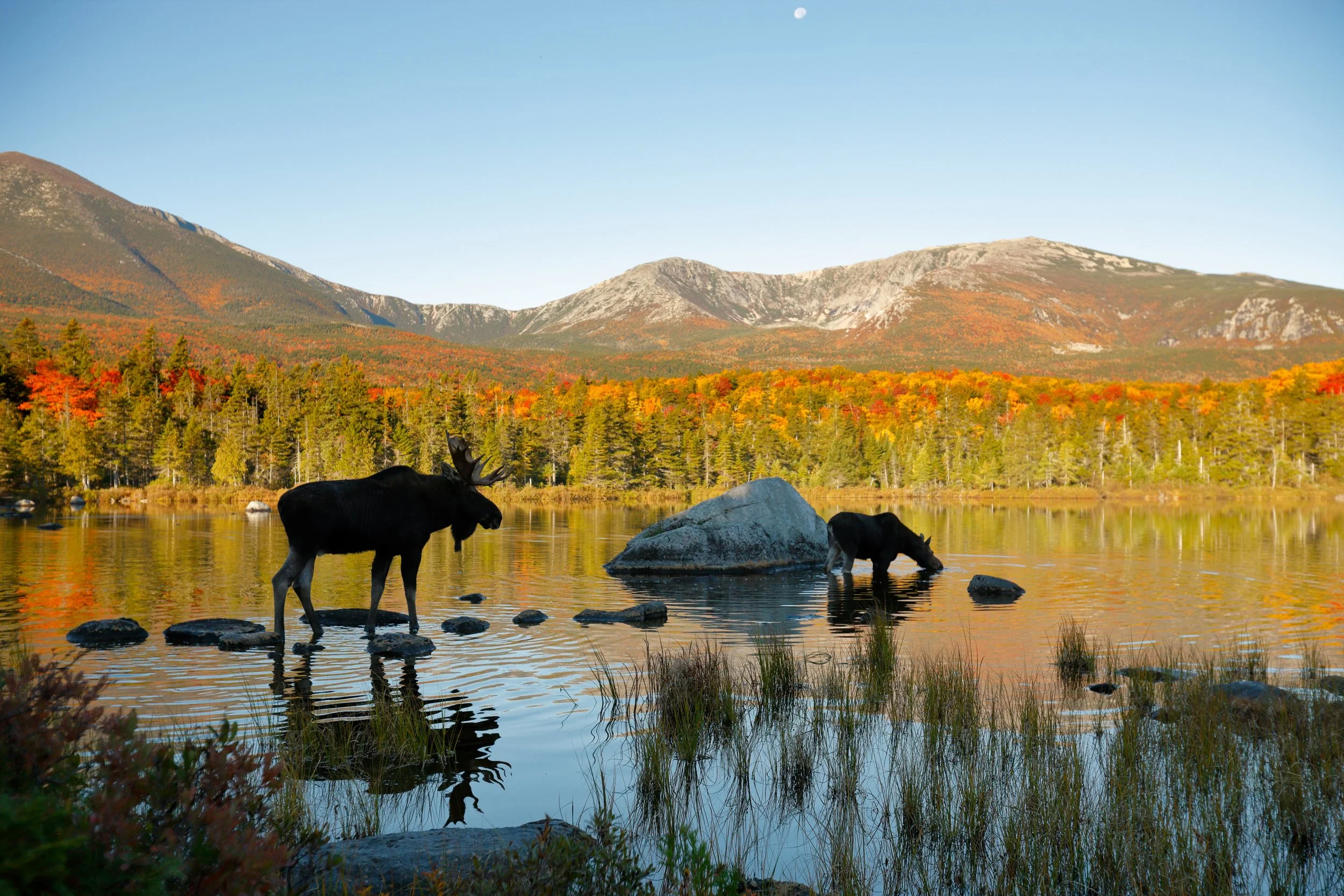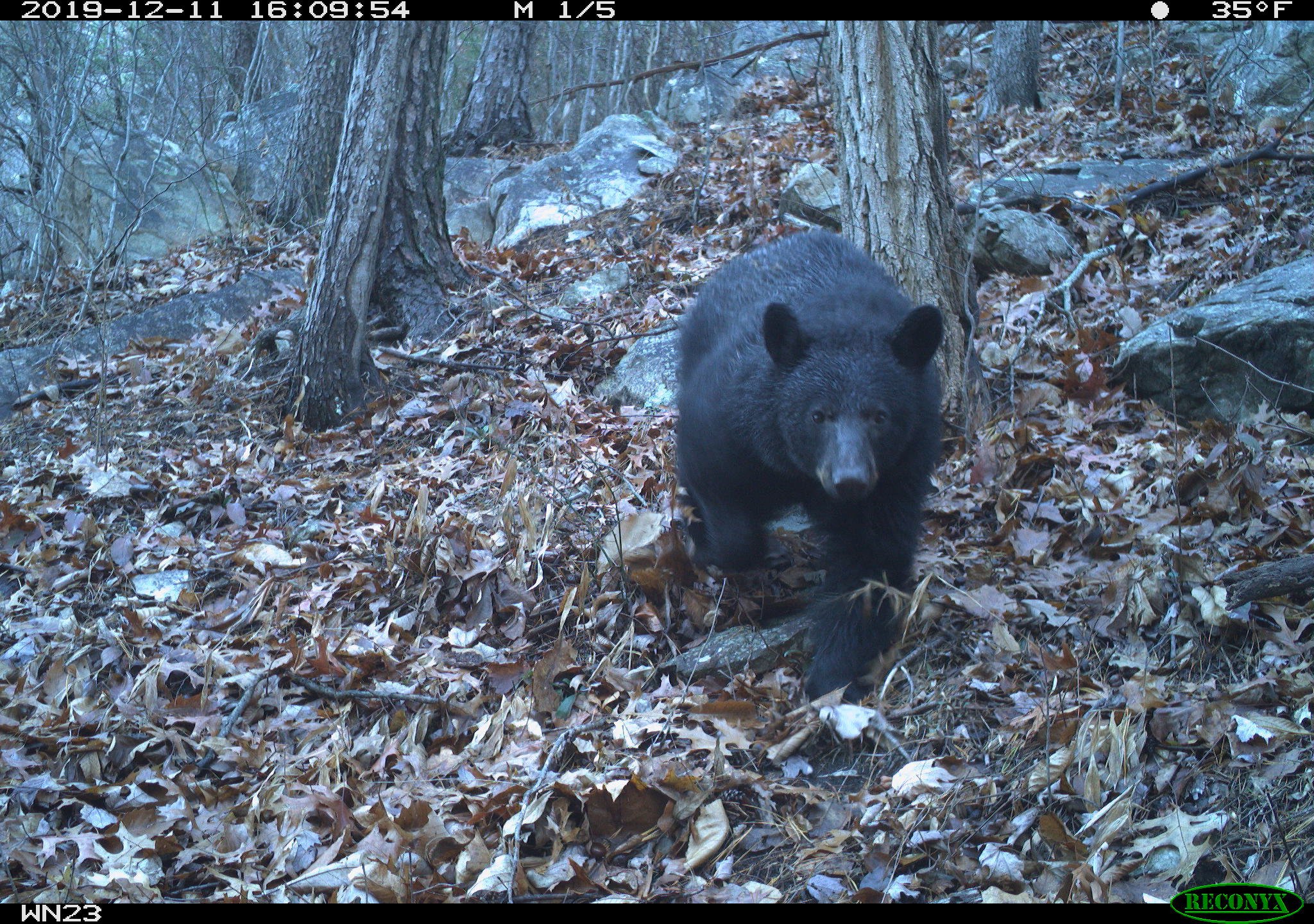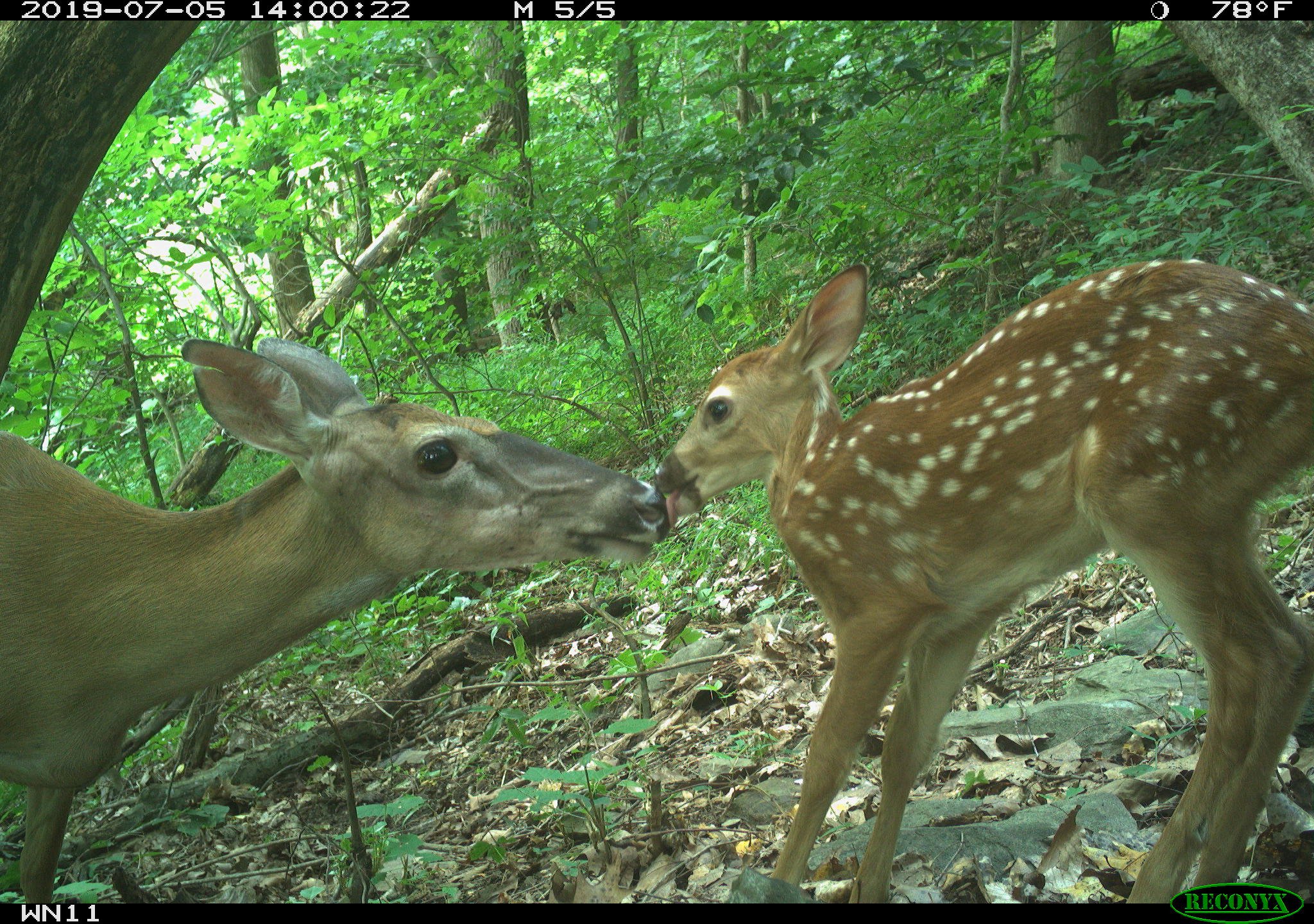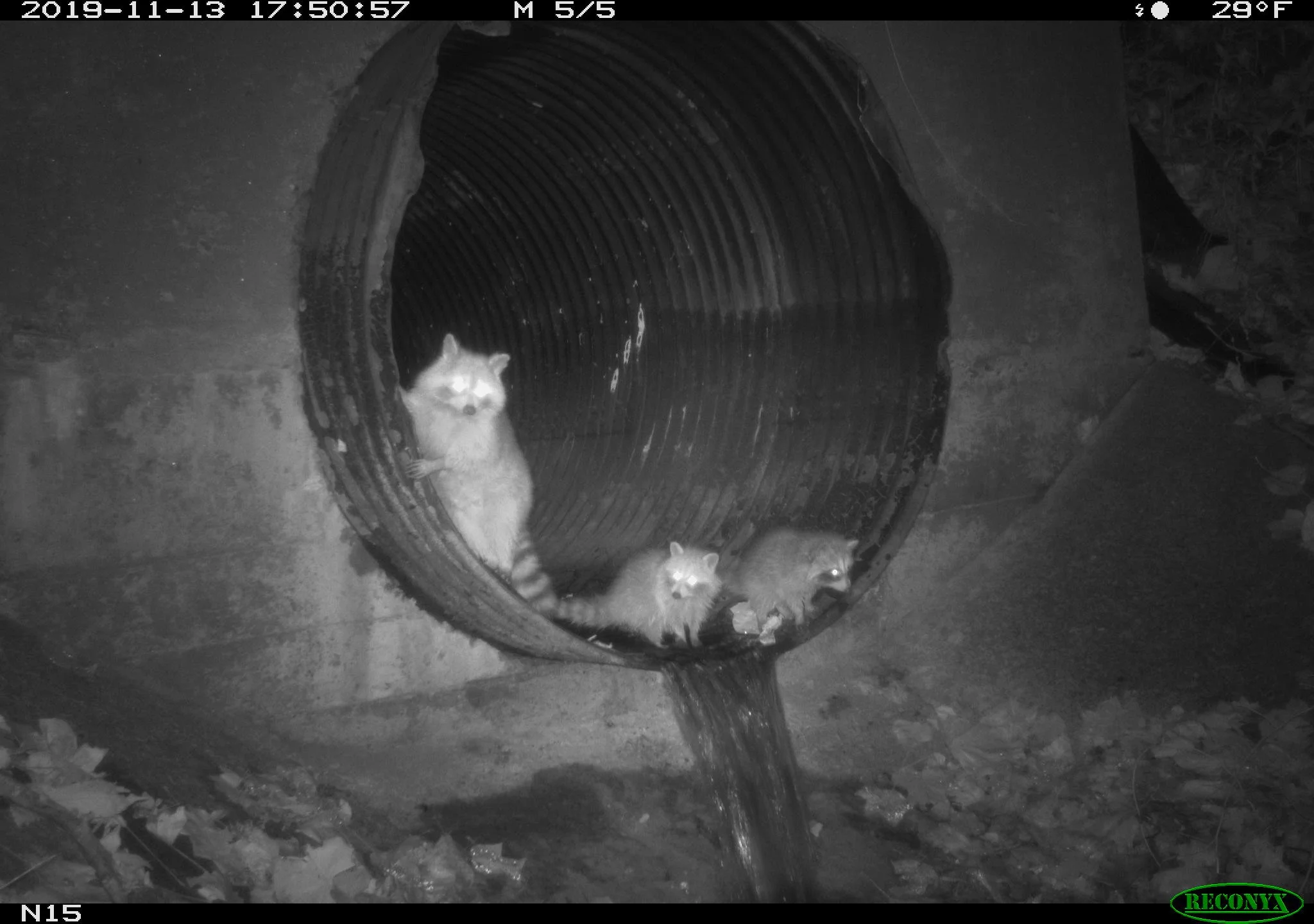Wins for North American Wildlife in 2022
Each year brings with it different opportunities and challenges for wildlife conservation, and this year wasn't any different. We're proud to highlight how our work this year led to big wins for North American wildlife in 2022. Your support has been vital to this progress for wildlife and wildlife spaces—thank you!
1. Famed Jaguar “El Jefe” Reappears in Northern Mexico
This adult male jaguar was rediscovered in camera trap photos—seven years and an international border crossing away from where he’d last been spotted in Arizona’s Santa Rita Mountains!
El Jefe in 2015. Photo: USFWS/UA
With headlines in the Washington Post, Los Angeles Times, VICE and Telemundo, El Jefe’s story was a bright spot for wildlife lovers across North America. His reappearance—more than 120 miles south of where he was last recorded—is a sign that large-scale, habitat connectivity persists between Arizona and Sonora.
2. Shipping container “border wall” to be dismantled
Photo: Myles Traphagen/Wildlands Network
Many animals are not as lucky as El Jefe. Human-made infrastructure in the Borderlands region poses an immense threat to wildlife’s vital movement patterns, particularly border walls.
Wildlands Network studies the walls’ impacts on nature, and diligently documented the construction of Arizona Governor Doug Ducey’s rouge shipping container border wall this fall. Following a lawsuit filed by the U.S. Department of Justice and persistent protests, the State of Arizona halted construction and agreed to take down the wall—a huge victory toward connected habitat for some of our most iconic borderlands species!
3. Strides toward inclusive, transboundary conservation
Photo: Paul/Adobe Stock
A truly continental vision for wildlife connectivity includes binational conservation not only between the United States and Mexico but also between the U.S. and Canada. Wildlands Network’s Future Forests Reminagined virtual workshop series brought together participants from both countries and Tribal nations to discuss how to most effectively protect and restore old-growth forests. These conversations led to the successful launch of the next stage of our ecological forestry initiative for the Northern Appalachian-Acadian-Wabanaki bioregion.
4. $132 million allocated for wildlife crossings in the U.S.
…with legislation passed in Utah, Colorado, New Mexico, Oregon and California. In collaboration with partner organizations, Wildlands Network also hosted a series of webinars to guide local, state, tribal, and federal representatives to access and make the most effective use of funding from the Infrastructure Investment and Jobs Act.
5. Improved road safety for people and wildlife in North Carolina
We released the results of one of the largest road ecology research projects ever completed—along Interstate 40 in the Pigeon River Gorge of North Carolina and Tennessee. This study, conducted in partnership with the National Parks Conservation Association, identified key hotspots for wildlife movement and strategies for local governments to protect them from traffic.
Photos: Wildlands Network/National Parks Conservation Association
6. Sweeping progress for wildlife-focused state policy
More than eight bills passed in the U.S. and Mexico this year dedicated to protecting and restoring wildlife corridors or habitat. Of particular note are:
A Sonoran landscape. Photo: Adobe Stock
California’s Safe Roads and Wildlife Protection Act, for which Wildlands Network served as a co-sponsoring organization with our partners at the Center for Biological Diversity
Sonora’s unanimously approved bill to modify environmental and municipal tax laws that will conserve private land across the Mexican state. Wildlands Network provided technical knowledge that was instrumental to passing this legislation.
Check out a full list of other wildlife policy wins here.
While 2022 was a monumental year for wildlife conservation, we recognize fierce advocates for nature who we lost this year, notably Wildlands Network co-founder Dave Foreman, who passed away in September. Remembering Dave’s wild spirit and his unrelenting dedication to wildlife reinvigorates our commitment to reconnect, restore and rewild North America so life—in all its diversity—can thrive.
Thank you for all of your support in 2022. Together we can prevent biodiversity loss and promote climate change resilience in 2023 and beyond.









